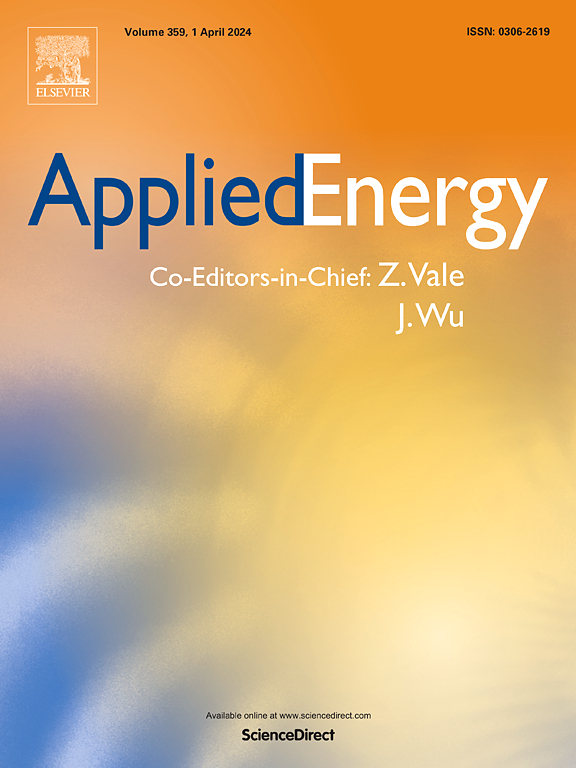Renewable energy communities for sustainable cities: Economic insights into subsidies, market dynamics and benefits distribution
IF 10.1
1区 工程技术
Q1 ENERGY & FUELS
引用次数: 0
Abstract
Renewable energy communities (RECs) present a compelling pathway to achieving a just energy transition, particularly in regions such as Europe. Within this context, Italy stands out as a leader in REC development due to its favorable incentive policies, which support widespread adoption. The advancement of RECs requires robust quantitative analyses to illustrate the equitable distribution of economic benefits between prosumers and consumers. This paper presents an economic evaluation of photovoltaic (PV) systems within residential RECs, contributing to the development of sustainable and green urban environments. Using the discounted cash flow method with net present value (NPV) as the primary indicator, the research evaluates various scenarios influenced by subsidies and market dynamics. The findings reveal that PV-based RECs represent highly profitable investments characterized by low economic risk. The NPVs per kW range from €2042–5148 in low-market scenarios and €3347–8195 in high-market scenarios. For RECs comprising four prosumers, the distribution of benefits varies between 15 and 35 %. Additionally, the study introduces two innovative profit-sharing models among renewable self-consumers (RSCs). The first model incentivizes energy-conscious consumption by offering lower trading prices within the REC, while the second model prioritizes energy equity by providing greater support to lower-income households. Both models result in an 18–30 % reduction that encourages prosumer participation, irrespective of individual consumption patterns. Furthermore, the inclusion of consumers alters the distribution of benefits, reinforcing the role played by RECs in fostering socially inclusive energy systems. Ultimately, the economic viability of PV systems within RECs underscores their critical role in advancing energy-sustainable urban development. By simultaneously enhancing environmental resilience and promoting social equity, RECs may serve as a foundational element in the transition towards a greener and more equitable energy future.
求助全文
约1分钟内获得全文
求助全文
来源期刊

Applied Energy
工程技术-工程:化工
CiteScore
21.20
自引率
10.70%
发文量
1830
审稿时长
41 days
期刊介绍:
Applied Energy serves as a platform for sharing innovations, research, development, and demonstrations in energy conversion, conservation, and sustainable energy systems. The journal covers topics such as optimal energy resource use, environmental pollutant mitigation, and energy process analysis. It welcomes original papers, review articles, technical notes, and letters to the editor. Authors are encouraged to submit manuscripts that bridge the gap between research, development, and implementation. The journal addresses a wide spectrum of topics, including fossil and renewable energy technologies, energy economics, and environmental impacts. Applied Energy also explores modeling and forecasting, conservation strategies, and the social and economic implications of energy policies, including climate change mitigation. It is complemented by the open-access journal Advances in Applied Energy.
 求助内容:
求助内容: 应助结果提醒方式:
应助结果提醒方式:


